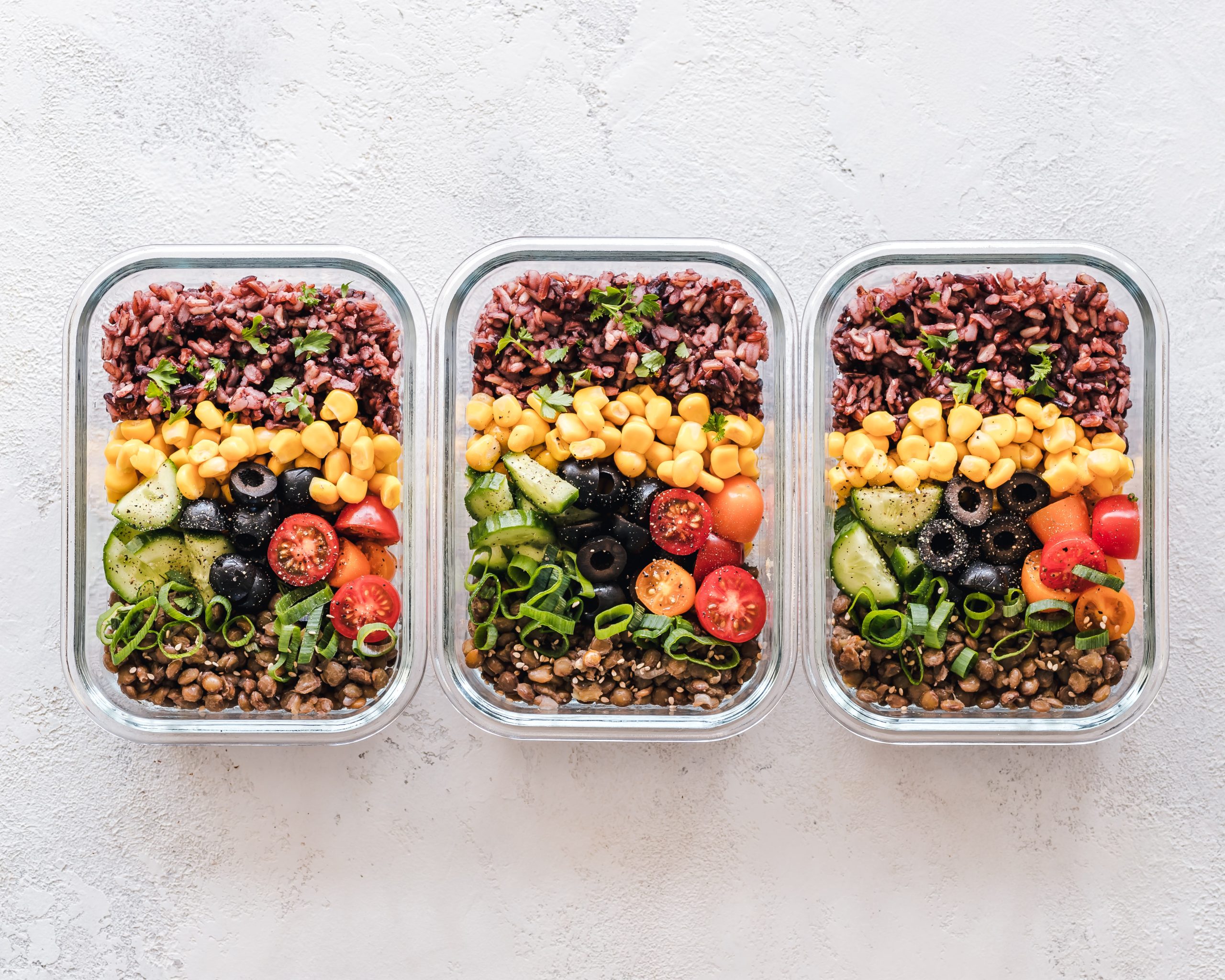 Meal frequency is a highly debated topic in the world of weight loss research. Some suggest that frequent meals can help to increase satiety and metabolism via the thermal effect of food. Others believe that less frequent meals are more beneficial due to the impact on lipid and insulin levels.
Meal frequency is a highly debated topic in the world of weight loss research. Some suggest that frequent meals can help to increase satiety and metabolism via the thermal effect of food. Others believe that less frequent meals are more beneficial due to the impact on lipid and insulin levels.
So does meal frequency influence the effect of a hypocaloric diet on weight loss and satiety in women with obesity?
Background
Studies examining the effect of meal frequency have had mixed results. Consuming more than 3 meals per day has not been found to promote greater weight loss in obesity. However, some question whether eating more frequently can result in lower weight over time via the thermal effect of food and fat oxidation.
There is also uncertainty when it comes to the effect of meal frequency on satiety. The association between meal frequency and satiety hormones is less consistent in obesity, but there is also evidence showing that less frequent meals can effect the pos-prandial response of ghrelin.
To better understand the impact of meal frequency on obesity, researchers designed a study to examine the relationship between meal frequency and weight loss, body composition and ghrelin levels in women with obesity.
The study
The study was a 90-day randomised, parallel clinical trial that included a total of 40 participants. Participants were women aged 20-45 years old with a BMI between 30-40.
Exclusion criteria included recent dieting or weight change of ±3kg within 3 months, use of weight loss medication or supplements, smoking, alcohol abuse, untreated hypothyroidism, pregnancy and lactation, cancer and chronic bowel, liver or kidney disease.
Participants were randomised into one of two groups. Both groups followed a hypocaloric diet of -700kcal/day with a goal of 2-4kg weight loss per month. For Group 1, the caloric intake was split across 6 daily meals – breakfast, lunch, dinner, two snacks and supper. For group 2, the caloric intake was over 3 meals of breakfast, lunch and dinner.
Researchers took baseline measurements including anthropometric measurements, fat mass, fat-free mass and bloods including lipids, glucose, insulin and ghrelin levels. These were repeated at the end of the intervention.
The findings
Both groups saw a decrease in body weight, BMI, waist circumference, fat mass, insulin and insulin resistance.
Group 1 saw an increase in insulin sensitivity. Group 2 saw an increase in fat-free mass and ghrelin levels, as well as decreases in triglycerides. There were no differences observed between the groups in terms of energy expenditure.
Conclusions
The researchers concluded that hypocaloric diets with different meal frequencies can reduce body weight, BMI, waist circumference, fat mass, insulin and insulin resistance.
A hypocaloric diet with 3 meals per day was associated with better results for fat-free mass and ghrelin levels, as well as reducing triglycerides. However, a hypocaloric diet with 6 meals per day favoured an increase in insulin sensitivity.
Limitations were noted for the study. The sample size was small, and the length of the study cannot confirm the long-term effects of meal frequency. As the participants were women with class 1 or 2 obesity, these conclusions cannot be extended to other populations.
Further studies are required to confirm the findings about the potential benefits of different meal frequencies.
Reference
Grangeiro, É.D., Trigueiro, M.S., de Oliveira Siais, L., Paiva, H.M., Sola-Penna, M. and Rosado, E.L., 2020. Effect of Meal Frequency on the Loss Weight, Glycemia, Lipid Profile, Plasma Ghrelin and Energy Expenditure of Women With Obesity: A Clinical Trial.

